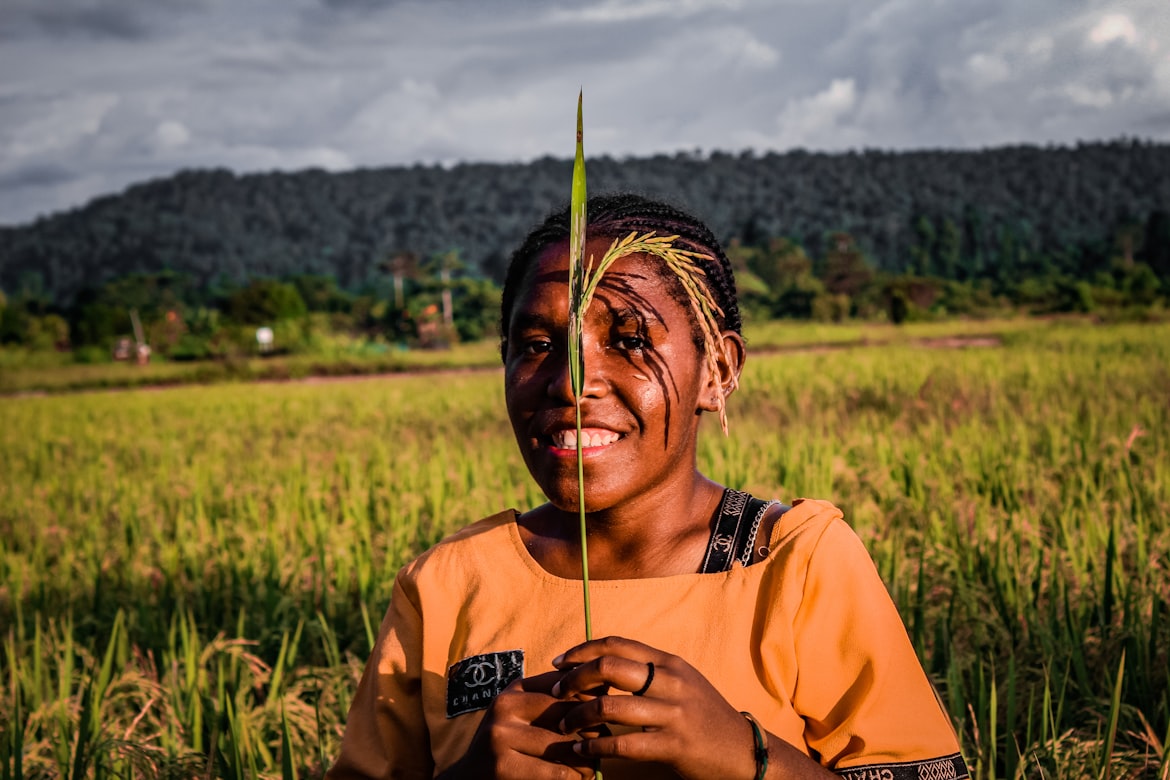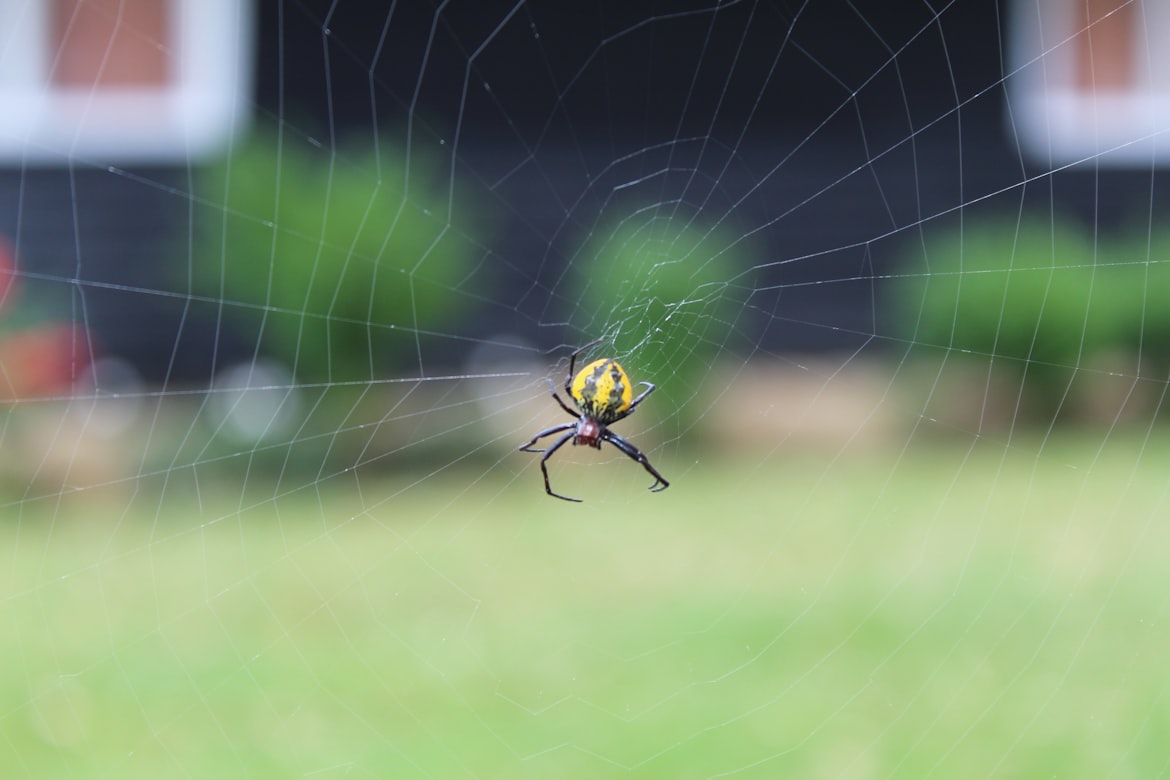As a photographer, there are several aspects to consider when trying to capture a great shot. One of the most important aspects is photography composition. Proper composition is what transforms an ordinary photo into an extraordinary masterpiece. In this article, I will be sharing the dos and don’ts of photography composition to help you capture stunning images.

The Importance of Composition in Photography
Composition refers to how the elements of a photo are arranged. It is the foundation of photography and is crucial in creating impactful images. When composing a photo, you should consider the placement, balance, and arrangement of the elements within the frame. A good composition will draw the viewer’s eye to the subject, create a sense of harmony, and convey a story or emotion.
Dos of Photography Composition
Rule of Thirds
The rule of thirds is a fundamental guideline in photography composition. It involves dividing the frame into thirds horizontally and vertically, creating nine equal parts. The subject should be placed at one of the intersecting points, rather than in the center of the frame. This creates a more dynamic and visually appealing image. The rule of thirds can be applied to any type of photography, from landscapes to portraits.
Leading Lines
Leading lines are lines within a photo that draw the viewer’s eye and lead them towards the subject. They can be straight, curved, diagonal, or even implied. Leading lines can be found in natural or man-made environments, such as roads, bridges, or even the curves of a person’s body. Including leading lines in your composition can add depth, movement, and interest to your photos.
Symmetry and Patterns
Symmetry and patterns are pleasing to the eye and can create a sense of balance and harmony in a photo. They can be found in nature or man-made environments, such as buildings or geometric shapes. Including symmetry and patterns in your composition can create a sense of order and calmness.
Frame Within a Frame
A frame within a frame involves using the elements within a photo to create a frame around the subject. This can be achieved by using natural elements such as trees or archways, or man-made elements such as windows or doorways. A frame within a frame can add depth and interest to your photos and draw the viewer’s eye to the subject.
Contrast and Color
Contrast and color are important elements in photography composition. Contrast refers to the difference between light and dark areas in a photo, while color refers to the hues and saturation. Including contrast and color in your photos can create a sense of drama and emotion. It can also highlight the subject and make it stand out from the background.
Don’ts of Photography Composition
Overcrowding the Frame
Overcrowding the frame involves including too many elements in a photo, making it cluttered and confusing. It can create a sense of chaos and distract the viewer from the subject. When composing a photo, it’s important to simplify and focus on the subject rather than including too many distracting elements.
Poor Framing and Cropping
Poor framing and cropping can ruin an otherwise great photo. It involves cutting off parts of the subject, placing it too close to the edge of the frame, or including unwanted elements in the background. When composing a photo, pay attention to the framing and cropping to ensure that the subject is properly placed and the background is uncluttered.
Ignoring the Background
Ignoring the background can ruin a great photo. The background can either enhance or detract from the subject. When composing a photo, pay attention to the background and ensure that it complements the subject. Avoid including distracting elements or cluttered backgrounds that can take away from the subject.
Conclusion and Final Tips for Composition Success
In conclusion, photography composition is crucial in creating impactful images. By following the dos and avoiding the don’ts, you can create stunning photos that tell a story, convey emotion, and draw the viewer’s eye. Remember to use the rule of thirds, leading lines, symmetry and patterns, a frame within a frame, and contrast and color to enhance your photos. Avoid overcrowding the frame, poor framing and cropping, and ignoring the background to ensure that the subject is the focus of the photo.
Finally, don’t be afraid to experiment and try new techniques. Photography is an art form, and there are no hard and fast rules. By practicing and refining your skills, you can develop your own unique style and create photos that are truly extraordinary.
Now that you know the dos and don’ts of photography composition, it’s time to put your skills to the test! Grab your camera and head out into the world to capture stunning images. Don’t forget to share your photos with us on social media using the hashtag #photographycompositionsuccess. Happy shooting!















